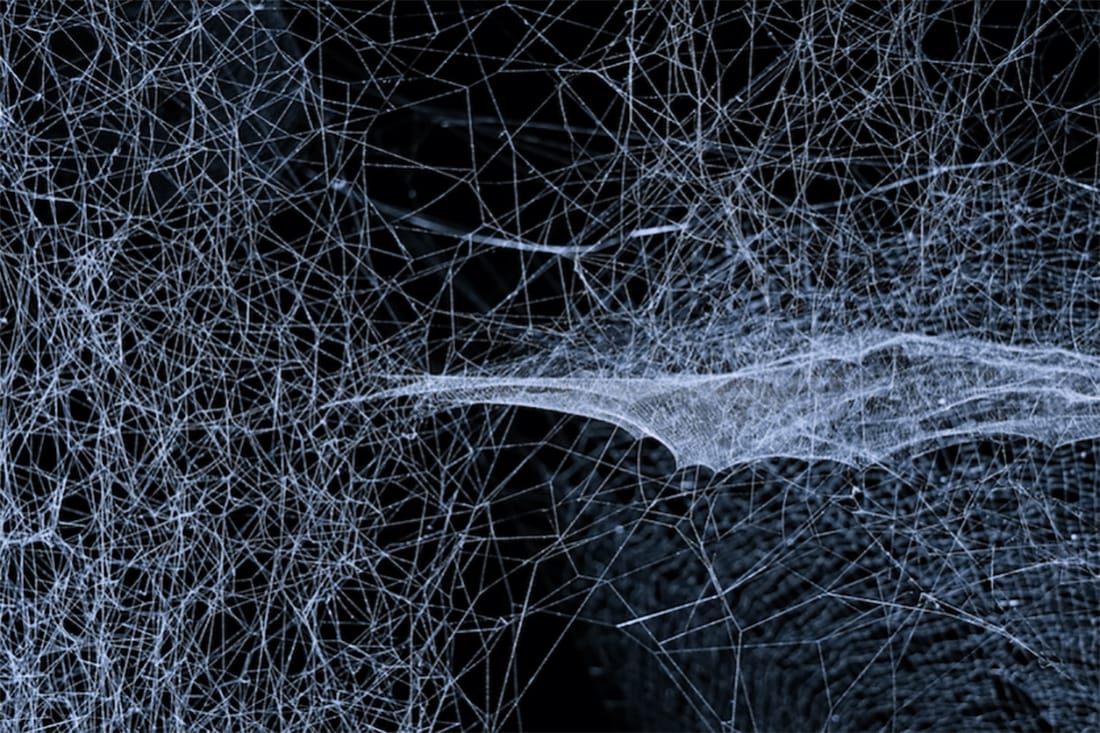
The research on the Fascia
Most of us have probably heard about the fascia, but just how important it is, probably fewer of us are aware of. The research on the Fascia is also quite new, which means that there’s still a lot we don’t know about this tissue. In 2017, research acknowledged the fascia as the body’s largest organ instead of the skin, so there is reason to learn more about this! The fascia is, in short, a network of connective tissue without beginning and end, that surrounds all our parts of the body. Our muscles, organs, nerves, blood vessels and bones.
The fascia consists of one part and is what holds the skeleton in place. So it is not the skeleton that holds up the body but rather that the skeleton that “swims in” the fascia. The fascia also functions as a communication network that connects the body’s emotional system, with the brain’s thought system.
So, our muscles are completely surrounded and interwoven by different layers of fascia. This means that when we exercise and use our muscles, both the muscles and the fascia are affected at the same time.
The fascia likes variation in movements as it adapts to different movement patterns and in case of one-sidedness, it tends to be both weaker and more prone to injury. In the same way as if we are very sedentary, the fascia adapts to that position and we can easily get a bad posture.
Too much sitting still also means that the fascia easily sticks together, which in turn affects our ability to move and can lead to both pain and aches.
If we perform one-sided training with similar positions, the fascia adjusts in the same way. Which is one reason why many people who perform one-sided exercise, such as running coaches, risk having a forward-leaning posture. Thus, it is of great importance for the health of the fascia to have a both mobile and varied lifestyle. In addition to varied movement patterns, cupping is a good way for you to take care of your fascia. As cupping is a means for deep connective tissue massage that stimulates blood circulation, and the flow in the connective tissue, which prevents the fascia from solidifying.


